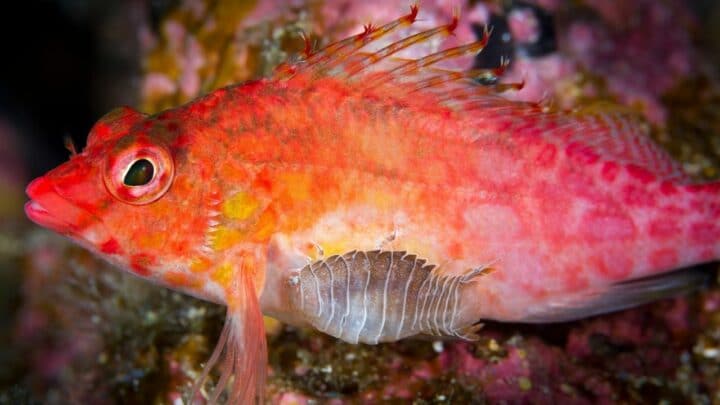Isopods are marine and terrestrial insects that include woodlice and their relative insects.
Currently, it is believed that they have more than 1000 known species that make them the most diverse insect globally.
In these 1000 species of isopods, around 4500 are found in marine and seawater, 500 are best raised in freshwater, while 5000 are land or terrestrial insects located on the ground.
So, as most isopods live in the water, can they truly breathe underwater?
Well, you’ll have to continue reading below to find out.
Can isopods breathe underwater?
Technically, an isopod’s ability to breathe underwater depends largely on what species they belong to. Isopods with gills can easily take in oxygen from the water, while those that have respirators can’t.
What isopods can breathe underwater
Since isopods are included in the most searched insects globally, we are coming across this question a lot.
If someone asks you that whether isopods can breathe underwater or not? You can’t answer this question in one word.
As this insect class is one of the most diverse and found in more than 1000 species, you can not just simply tell that they can breathe underwater or not. Instead, different species of isopods come with different anatomies, vitals, and classes.
For example, some are plant eaters, some are parasites, some are red, while others are white, and some are found underwater. Some are in jungles and green environments.
Likewise, some of the species of Isopods can live on the sea beds, while the rest of them may drown in deep water.
Whether an isopod can breathe underwater or not depends greatly on the species. We have tabulated the list to give you a better idea that if your favorite one can live on the bed or it will get drown in it.
Widely, there are 11 suborders and found in different habitats. Without further ado, let’s have a look.
| Name | Habitat |
| Asellota | Both land and water |
| Calabozoida | Sub water in freshwater only |
| Cymothoida | Sub water, marines |
| Limnoriidea | Terrestrial, mainly land |
| Microcerberidea | Around freshwater or shallow marine |
| Oniscidea | The terrestrial, moist environment |
| Phoratopidea | Marine waters |
| Phreatoicidea | Sub water, strictly freshwater |
| Sphraeromatidea | Shallow water |
| Tainisopidea | Deep freshwater |
| Valvifera | Semi-terrestrial, moist land |
Since it is clear that the isopods can exist on land and underwater depending upon their anatomy, most of them will strictly want a moist and humid environment.
The insects with gills can easily breathe underwater, while the ones with respirators in or around thorax can not breathe underwater, and they will eventually drown underwater.
The above-mentioned list can serve as a guide to know which ones can live and which ones cannot.
The visual appearance of Isopods
Isopods belong to the classification of arthropods, whose color may vary from grey to white.
However, they are not limited to exist in these colors only as you may find them in red, brown, or green color depending on the area and type of food they are bread on.
Usually, this little creature comes in different sizes, widely ranging between 0.3 mm to 20 inches (50 cm), with shell and no shell anatomy that also depends upon the same species or class they belong to.
Instead, the isopods come with vitals like gills, limbs, thorax, jaws, and mobilis. Mobilis is an antenna-like structure that is also found on roaches, which helps them in locomotion.


